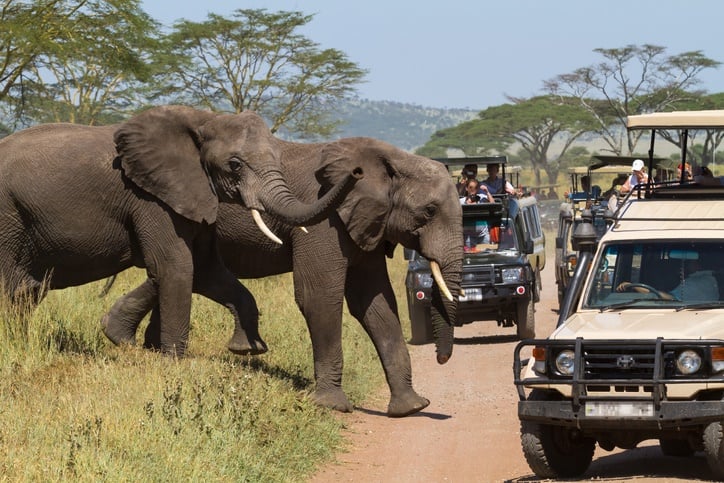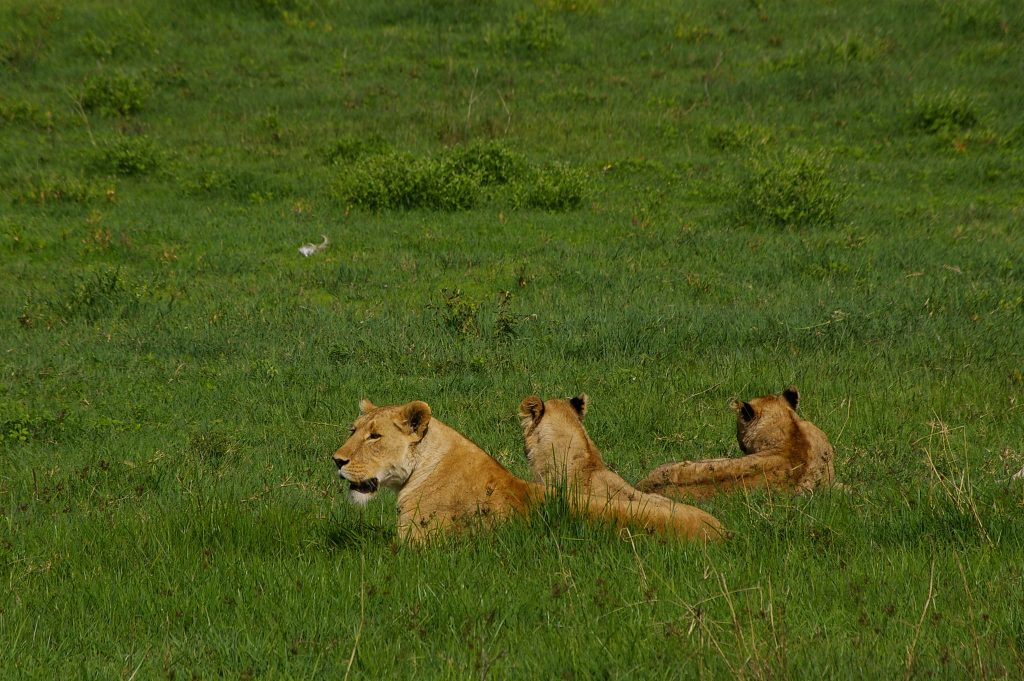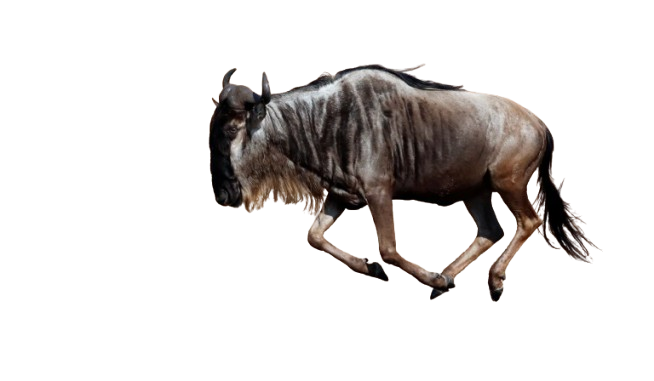Two Regions of the Serengeti That Never Get Traffic
Two Regions of the Serengeti That Never Get Traffic, Serengeti, the crown of African wildlife, is indeed a standalone park to watch all the wildlife magic. Whether you’re craving its great wonder, the wildebeest migration, or the Big Five, we guarantee you’ll satisfy all your desires. However, due to its fame and abundant wildlife, this 14,763-square-kilometer park gets traffic, especially during the peak months of the wildebeest migration. But does the entire park get traffic? No, at least not everywhere. We admit that Serengeti is crowded in some months, but never in these two regions. Let’s explore them.

Southern Serengeti
Highlights
- Incredible population of resident wildlife.
- The calving season (December to March).
- Secluded game drives.
Habitat and wildlife
Characterized by short-grass plains, kopjes, and seasonal lakes, this region harbors an incredible population of resident wildlife. The wide plains stretch to the Ndutu area of the Ngorongoro Conservation Area, creating enough pasture for plains game like zebra, wildebeest, gazelle, and buffalo. The rock outcrops welcome large prides of lions. The region is also home to other predators like spotted hyenas, leopards, cheetahs, bat-eared foxes, and jackals.
The wildebeest migration calving season
During the December-March period, Southern Serengeti and Ndutu stage the calving season, one of the fascinating dramas of the Great Migration. In just two months, the hoofed animals, specifically wildebeest and zebra, give birth to about 500,000 calves. There’s more drama in the region as predators head south to take advantage of the newborns.
Places to stay
With all this magic, the southern Serengeti still records very few guests throughout the season. Thinking of places to stay? We’ve got you. Since Serengeti South is remote, it has a few permanent camps and lodges. These include Sanctuary Kusini Camp, Lemala Ndutu Camp, Mwiba Lodge, and Lake Ndutu Luxury Tented Lodge.
Options for lodging expand during the calving season as mobile camps settle to offer you a front-row seat to witness hundreds of thousands of calves. The mobile camps include &Beyond Serengeti Under Canvas, Olakira Migration Camp, Ubuntu Migration Camp, Nyikani Migration Camp, and Ndutu Under Canvas, to name just a few.

Getting to Southern Serengeti
You can get to this region by driving or by flight. Here’s how. Fly into Kilimanjaro or Arusha Airports, then drive via the highlands zone past the Ngorongoro Conservation Area to the central Serengeti via the Naabi Hill Gate. A drive from the central to the south Serengeti takes anywhere between 1 and 2 hours. If you want to avoid the drive, a scheduled or charter flight to Ndutu Airstrip or Serengeti South Airstrip is a good idea.
Western Serengeti
Highlights.
- Large prides of lions.
- Grumeti River crossings (May to July).
- Luxury accommodations
Habitat and wildlife
The Western Serengeti, also called the Western Corridor, features riverine forests, dense woodlands, and grasslands. Plains game like zebra, wildebeest, lion, buffalo, gazelle, and more find refuge in the lush grasslands, while elephants, impalas, and giraffes reside in the woodlands and riverine forests.
Does the migration reach Western Serengeti?
The migration reaches the west of the Serengeti between May and July and spreads across the whole region and into the private Grumeti Reserve. You can spot big herds of wildebeest roaming near the riverbanks. In late June, the wildebeest gather on the side of the giant Grumeti River and face their first obstruction on their way. If you want to view the drama of the Great Migration without the crowd, set off for this region. You will see herds of the river as they try to avoid the jaws of Nile crocodiles and lions.
Places to stay
Though the region is remote, you won’t miss a place to stay. You can stay at the high-end &Beyond Grumeti River Lodge, which blends luxury with nature. Nestled near the Grumeti River, this lodge is best for witnessing the Great Migration and seeing other resident wildlife. There are other luxury options in the Singita Grumeti Reserve, such as Singita Sasakwa Lodge, Singita Sabora Tented Camp, Singita Faru Faru Lodge, and the brand new Singita Milele.
Getting to Western Serengeti
You can get to Western Serengeti by driving or a fly-in safari. The best drive route is from Arusha via Ngorongoro into the central Serengeti en route to the west. The drive-in safari is adventurous and takes about 8 hours.
You can also get there by catching a scheduled flight to Grumeti Airstrip or Fort Ikoma Airstrip. Sasakwa Airstrip within the Singita Grumeti Reserve is a good option, especially for guests staying at Singita camps.
The bottom line
There’s so much noise out there regarding the traffic in the Serengeti. By visiting these two regions, you stand a chance to watch the untamed beauty on your own. Our guides, however, know where to take you to avoid sharing a wildlife sighting with a pack of 20 safari vans, even in crowded regions.
